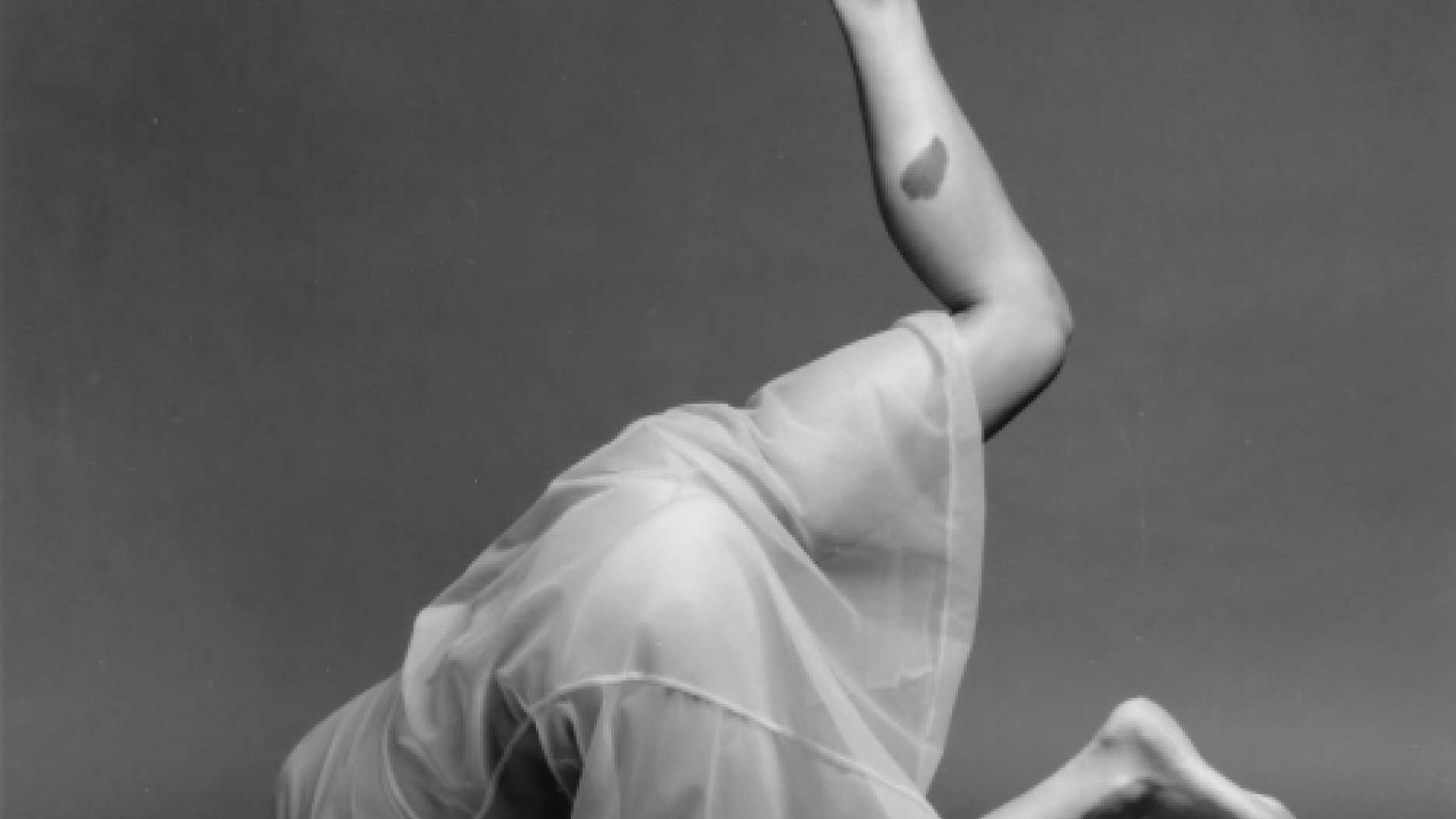Emmanuelle Huynh / Julie Nioche Múa + 3, Avenue de l'Espérance

Le fait d’être plongé dans le noir le plus total met nos sens en éveil. Notre attention, décuplée, perçoit même la plus infime des perturbations. Múa est à vivre comme une expérience où obscurité-lumière, apparition-disparition, silence-musique, danse et immobilité sont les interfaces d’une seule et même chose : l’avènement à soi-même et au monde.
3, Avenue de l'Espérance :
This 1995 piece by Julie Nioche and Rachid Ouramdane was the starting point of their simultaneous creative journeys. At first explosive, the dance gravitates toward the surface of the body, a playground conducive to imaginative exploration revealing the marks that even the most internal movements can leave on the skin.
lieu
durée
40min (Múa) + 20min (3, Avenue de l'Espérance)
-
Mardi 29 avr.19h30
-
Mardi 29 avr.21h00
-
Mercredi 30 avr.19h30
-
Mercredi 30 avr.21h00
One ticket for both shows
3, avenue de l’Espérance
Thirty years ago, Julie Noche and Rachid Ouramdane created together an explosive solo piece. Performed by Julie Nioche, it was named after the address of the Centre Chorégraphique de Belfort, then headed by Odile Duboc, where it was conceived. In this singular journey to stillness, the two choreographers cut their teeth as choreographers, probing the deep layers of movement and feeling. Julie Nioche now returns to this piece that started off her creative path, the matrix of extensive work on sensation and imagination in connection with social issues. The lighting by Yves Godin directs our eyes from a vast space to a minimal beam at ground level. As to the sound-equipped costume designed by Christian Rizzo, it rips apart as the dance goes on, allowing the audience to see and hear the marks left on the skin by even the most internal movements.
Isabelle Calabre
Mùa
In Vietnamese, mùa means dance. On a trip to the homeland of her father, whose language she didn’t speak, Emmanuelle Huyn could only communicate with others through body language. This coming-of-age solo piece created at the start of her career draws from this formative experience. It also bears the mark of what it feels like to improvise with your eyes closed as well as the memory of the walkthrough “Dark Noir” conceived by director Michel Reilhac, who deprived audiences of any visual landmark for 40 minutes. Similarly, the choreographer here immerses the audience in complete darkness, accompanied by the cello of Fabrice Bihan. Alternately appearing and disappearing, moving, motionless, in silence or with music on, she reveals glimpses of her body, naked and then clad in a see-through dress, establishing her presence in the world.
Isabelle Calabre

